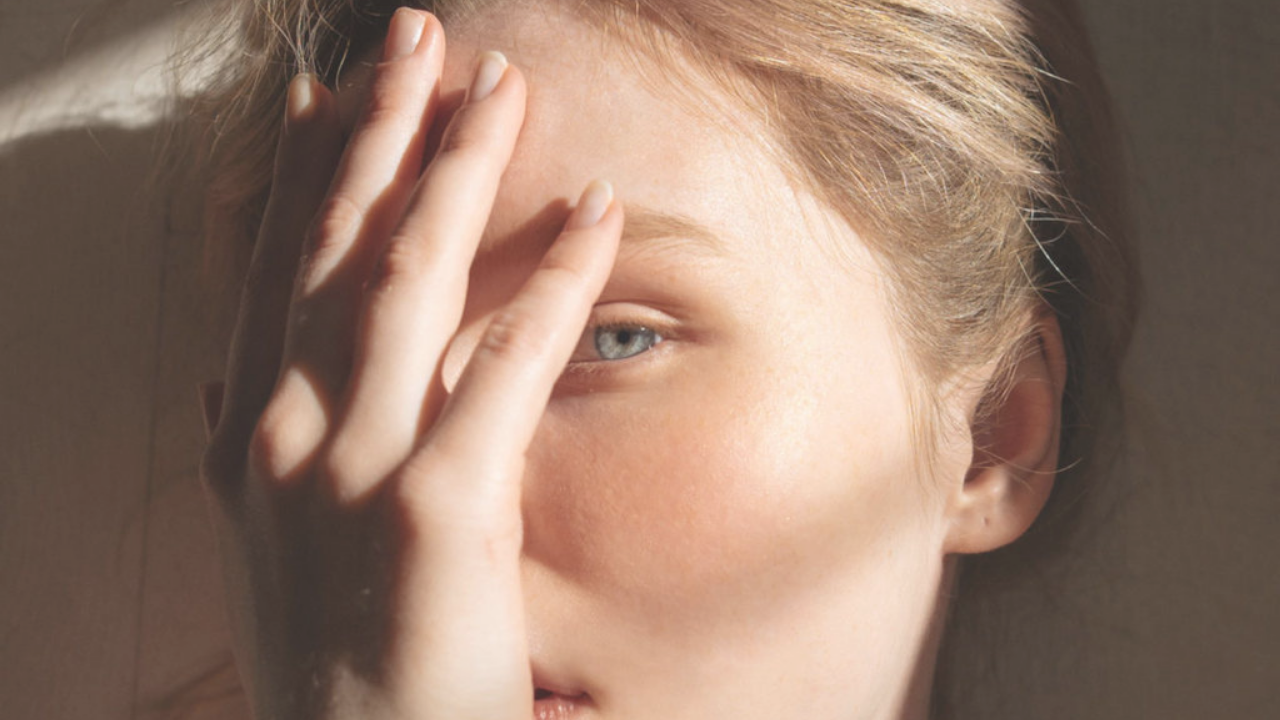How Using Light Therapy Can Help Support Seasonal Affective Disorder

What role does light play in Seasonal Affective Disorder?
Seasonal affective Disorder affects those of us in the northern hemisphere most. Exposure to light does a lot for our health, and one of the greatest effects it has is on our sleep. When our sleep quality is lacking we see this manifest in mood. Poor sleep and depression are intricately related and research is unclear as to which is the root cause (imagine a chicken or egg situation, intricately related but which comes first?) but the cycle that develops is what we focus most on - when sleep is affected, our mood is further affected.
Click here to learn more about effective alternative treatments to Seasonal Affective Disorder.
There are options, and we are here for you. One option is light therapy, and we're going to dive into it! It's a common recommendation when working with SAD. Why? Because of light's influence on sleep quality, regulating our circadian rhythm, and hormone production!
Research on light therapy for SAD shows that it helps with production of norepinephrine, which is a neurotransmitter that helps you feel motivated and energized.
How can you get light if your job, or geography keep you in the dark or inside during sunlight hours?
Early riser. It can feel early, but going outside first thing in the morning to get natural sunlight in your eyes is ideal. This is a major regulator of our melatonin production and circadian rhythm but we know this is not ideal for some.
Enter Light Therapy.
There are many different lights for purchase online, most of which are labelled SAD Lights or Light Therapy Boxes. Exposure to this light triggering Vitamin D production helps increase serotonin production and endorphins!
This treatment is rooted in the understanding that reduction in sunlight on our skin can trigger the onset of SAD, and consists of exposure (20-60 mins daily) to light at wavelengths that promote vitamin D production. Research supports that light therapy decreases the impact of SAD and improve mood and energy levels.
How to Optimize the Effects of Light Boxes / Light Therapy.
What to look for in a light box / lamp:
- Light should be 10,000 lux
- Full spectrum white light that filters UV light
How to best use your light box / lamp:
- Positioned at eye level or higher
- Kept at an angle not positioned directly in your eyes
- Exposure should be a minimum of 20 minutes or up to 60 minutes a day depending on your needs
If you have questions, we're more than happy to help support you! Book now to chat with our practitioners.
In health,
The EASTND Team
Stay connected with news and updates!
Join our mailing list to receive the latest news and updates from our team. You'r information will not be shared.

